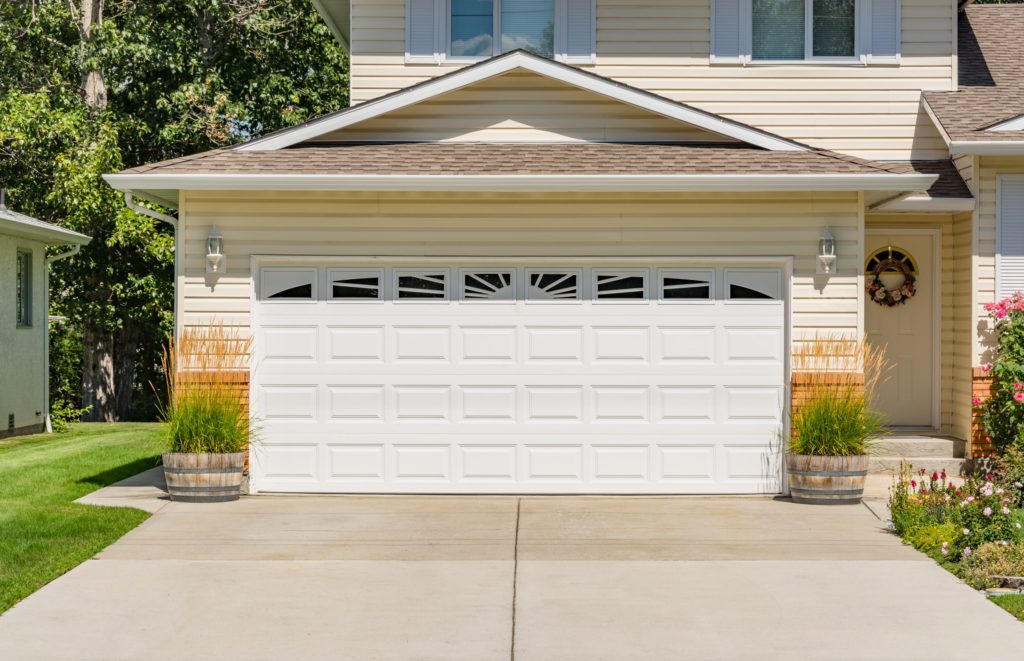Insulation can make the difference between a comfortable home and one that feels cold and drafty. It can also save money on energy bills.
Insulators stop the flow of electrical energy. They do this by having tightly bound electrons that cannot readily pass electric current. Insulators are different from conductors, such as metals, which conduct electricity easily. You’ll be glad you read this!
Reduces Heat Movement
The insulating materials you choose and the way they are installed greatly impact their performance. Check with local building suppliers to learn the R-value of various products, and ask for installation guidance if you plan to do the work yourself.
Many types of insulation prevent heat transfer by reflecting or absorbing it. Insulation keeps hot air from escaping during the winter and cooler air in during the summer, helping to keep your home comfortable year-round with less use of your furnace and air conditioner.
Foils, papers, or sheets fitted between wood-frame studs, joists, and rafters are effective at reducing downward heat flow; effectiveness depends on the type of material and how it’s placed. Foam boards can be used in a variety of applications, and are especially useful for new construction and open framing situations.
Insulating your hot water tank, and covering pipes with foam covers helps to prevent heat loss – saving you money on heating costs.
Prevents Condensation
Insulation slows down the transfer of heat between the air and a surface, including windows. This makes the surface colder and reduces condensation. Condensation can cause problems such as damp muggy smells and wood rot, especially in voids and uninsulated areas of buildings.
Often a combination of solutions is required to prevent excessive condensation. In addition to ensuring insulation is the right thickness for your climate, it is also important to limit air leakage into walls from conditioned space, lower interior humidity levels, and provide good ventilation with extractor fans in moisture-prone areas of the building.
For wall insulation, consider a hybrid solution that combines exterior cladding with stud cavity insulation or mineral wool. A good vapor retarder is also necessary to protect against condensation within the studs. Foils, films, or papers are often used to ensure the vapor retarder is not compromised and can be fitted behind drywall in wood-frame construction. Alternatively, foam insulation can be blown in or poured to fit in irregularly shaped spaces or around obstructions.
Reduces Noise Transmission
Insulation is typically known for its ability to prevent heat loss and gain, but it also prevents sound transmission. This is especially important if you live near construction or have noisy neighbors.
A variety of insulation types are available to help reduce unwanted noises, including foam and cellulose. The most common type of insulator – fiberglass batts – is one of the best sound-absorbing products available. Its spongey design absorbs sound waves and diminishes their power or stops them altogether.
Cellulose is another great sound insulator that’s ideal for exterior walls. It decreases outside sounds that can travel between rooms by filling the spaces that normally carry them. It’s best installed during new construction but can be added to existing homes by a professional.
While many people believe that high R-value insulators are more effective at blocking sound, this isn’t necessarily true. While higher-density insulation offers greater protection against airborne noise, the type of material you choose for your home is more important for sound control.
Increases Comfort
Insulation keeps heat from escaping your home in the winter and prevents it from entering on hot summer days. This helps lower your heating and cooling bills, putting money back in your pocket.
Insulation also prevents drafts and maintains a consistent temperature, allowing you to enjoy comfortable living year-round. Say goodbye to chilly winters and scorching summers and hello to a cozy living space for you and your family!
Various types of insulation are available on the market, such as fiberglass, cellulose, and spray foam. They work differently, but all of them are effective at blocking air movement and reducing the transfer of heat in the home. They do this by forming an envelope around the house and trapping still pockets of air. This reduces the pressure on your heating and cooling systems, saving you money and lowering your energy consumption while supporting sustainability efforts. This reduces greenhouse gases and supports a healthier indoor environment for you and your family. Worth checking out!



 (210) 777-7663
(210) 777-7663
